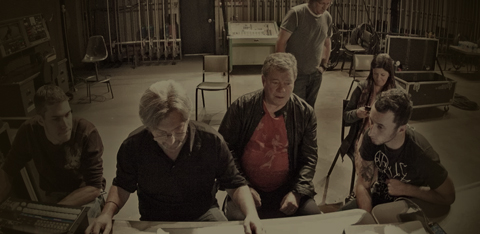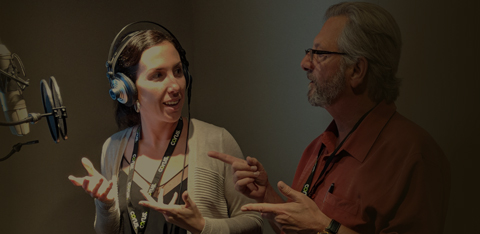Brilliant Ideas
Where do they come from?
Stephen King believes that ideas manifest more accidentally, perhaps organically, whereas others believe we can deliberately direct our minds to actively engage in the process.
We do not come up with ideas; we find them.
Our brain is forever connecting dots, whether we are conscious or asleep. My methodology, explained in detail in my book, A Brilliant Idea Every 60 Seconds, is based on the application of nine Inherent Values or idea triggers. Using them, an Idea String is generated and, within seconds, ideas emerge to serve whatever purpose or objective you have in mind.
Our brain is forever connecting dots, whether we are conscious or asleep. In my book, A Brilliant Idea Every 60 Seconds, finding ideas is based on a methodology using nine Inherent Values or idea triggers. Using them, an Idea String is generated and, within seconds, ideas emerge to serve whatever purpose or objective you have in mind.
Neuroscience more or less asserts that ideas are derived from things we already know. There are two parts (of three) in the brain, which work together to generate the ideas we think of. One part fuels our imagination and the other focuses on what is happening, interpreting reality as we know it. Beyond that, science is mute on the subject. Perhaps the spawning of ideas is as simple as the idea that when you mix two different colors, a third color appears.
Neuroscience asserts that ideas are derived from things we already know.
There are many books and articles focused on how we can train the mind to function more creatively. Many experts point to the arts as a factor in our creative development, and I believe music and art are vital to our creative process. Ironically, many schools are cutting back on these programs. For many children, their creativity resides in the palm of their hands, within the games they play. The problem is that these programs are predictable, albeit that some aspects are random and require spontaneous choices on the part of the user.
A simple example of how we find ideas looks something like this. Let’s say you need an idea for a small home cleaning business. I start with the Inherent Value, Function – Result. The service is house cleaning. The result is a clean house. Next, I pull out the Inherent Value, By Implication. The implications of a clean house are that the owner feels good, saves time, and uses that time to do other things. Therein is the first idea to attach to the Idea String: it should focus on the solution to a problem. Now I harness my next two Inherent Values, Problem – Solution and Cause – Effect. I establish the problem asking a simple question: what do homeowners think about cleaning? Obviously, most people do not like to clean for reasons implied earlier. Primarily, cleaning takes time away from other things. So, the solution is to not just eliminate time to clean, but, also, to liberate time to do other things. The unique selling proposition lies in the solution and, hence, we find the idea for the promotion.
A brilliant idea can be found within the question about a problem.
The promotion should speak to the solution. But telling a potential customer they will “save time” is stating the obvious. The ‘effect’ of the solution is the brilliant idea that emerges. The promotion can leverage itself by offering the potential customer an opportunity to do something with the time they will save.
So, let’s put it all together. Buy some inexpensive cleaning cloths. Say, one hundred. Print one hundred cards with a simple message and slip everything into a simple white bag or attach the cloth to a door hanger. If you can afford it, have your logo printed on the cloth, bag or hanger.
The message: We know you don’t like to clean your house. You have better things to do with your time. So, you can either use this cleaning cloth or we can do the cleaning for you. And when you present this card, we will bring you a cup of tea or coffee to enjoy while you relax and enjoy your free time and our special discount. (Of course, include your phone number and email.)
Yes, you will have to buy some tea and coffee packets (or something else if you think of it), but, trust me, people love freebies. Lastly, pick 100 houses in a neighborhood where young families live. Parents are busy people and time is a commodity to them. Hang the bags or hanger on their door handles if possible and wait for the results.
I know you might think I had this promotion in my head already, but, in fact, I conceived it as I wrote this article. The ideas did not float into my head out of the air. I used a methodology, which helped my mind focus on specific things. Brilliant ideas are within you. All you have to do is find them. What do you need an idea for?
-Michael Kryton


